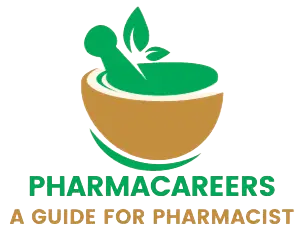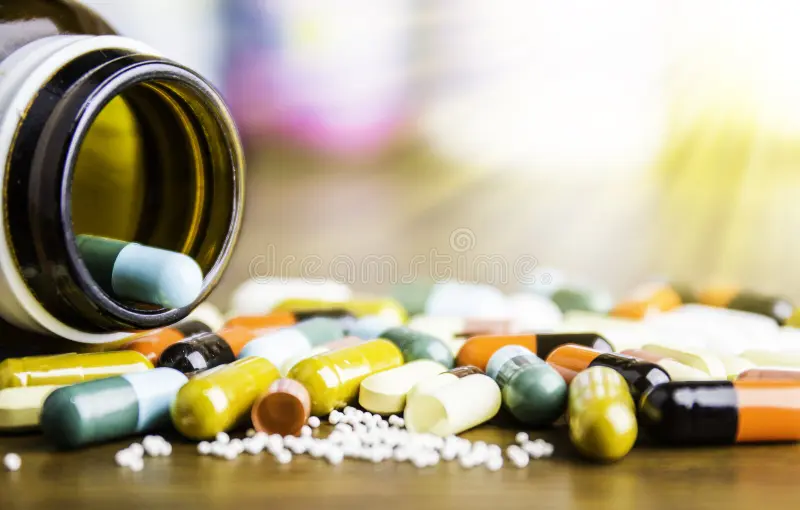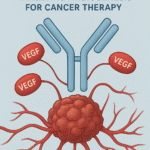Solvation and Association
In the intricate dance of pharmaceutical science, where molecules waltz in solution, two central partners emerge: solvation and association. These concepts, akin to the choreography of drug formulation, dictate the fate of therapeutic agents within our bodies. So, let us unravel their steps, adhering to the precise language found in textbooks.
Solvation
Interaction of Solute and Solvent
When a solute (which can be an ion or a molecule) is introduced into a solvent (often water), they engage in an intricate tango. The strength and nature of this interaction influence various properties:
- Solubility: If the attractive forces between the solvent and solute particles outweigh the forces holding the solute together, the solvent gently pulls the solute apart. The solute particles become surrounded by solvent molecules and disperse into the solution.
- Reactivity: Solvation affects how readily a solute can participate in chemical reactions.
- Color: Sometimes, solvation alters the color of a solution due to changes in electronic transitions.
Hydration Shell
Water, being a polar solvent, is an excellent dance partner. It forms a delicate hydration shell around solute particles. This shell consists of water molecules tightly bound to the solute through hydrogen bonding. Think of it as a protective cloak that influences solute behavior.
Thermodynamics
The Gibbs free energy change determines whether solvation is favorable. If the overall energy change is negative (meaning solvation stabilizes the system), the solute dissolves. If it’s positive, the solute may precipitate out of the solution.
Distinct from Solubility
Solvation is not the same as solubility. Solubility quantifies the equilibrium state achieved when the rate of dissolution equals the rate of precipitation. Solvation, on the other hand, is a kinetic process—the dance itself.
Association
An association is like a social gathering of molecules—they come together, mingle, and sometimes even form lasting bonds. Here’s the breakdown:
Group of Purposeful Companions
- An association refers to a group of people or organizations united by a common purpose or interest. Think of it as a club where like-minded individuals gather to achieve something collectively.
- These associations can take various forms: professional societies, clubs, unions, or even informal groups with shared goals.
The Dance of Ideas and Connections
- Beyond people, associations also exist in the realm of ideas and sensations. Imagine thoughts and feelings holding hands, waltzing across the ballroom of your mind.
- When you associate one thing with another, you’re creating mental links. For instance, the smell of freshly baked cookies might instantly evoke memories of your grandmother’s kitchen. That’s an association at play.
Chemical Bonds and Ecological Gatherings
In the scientific arena, associations abound:
- Chemistry: Molecules can form associations—weak chemical bonds—within liquids. These clusters of molecules hold hands, creating a cozy environment.
- Ecology: Picture a serene forest. The trees, shrubs, and mosses—all living harmoniously in the same environment—are an ecological association. Some species dominate, while others sway gracefully in the background.
Beyond the Surface
- Associations aren’t just superficial connections; they shape our experiences and perceptions. They’re the secret sauce that flavors our understanding of the world.
- Whether it’s the association of revolution with bloodshed or the camaraderie of friends, these mental and social ties weave the fabric of our lives.
Applications in Pharmaceutical Formulation
- Dissolution Choreography: Solvation steps onto the stage during drug delivery. Poorly soluble drugs yearn for strategies: cosolvents, surfactants—their partners in dissolution. Together, they compose a symphony of bioavailability.
- Crystallization: A Ballet of Polymorphs: Proper solvation ensures harmonious crystallization. Undesired polymorphic forms? Not on this stage. The audience—patients—deserve the right crystal lattice.
- Dosage Forms: A Theatrical Ensemble: Liquid formulations—syrups, suspensions—rely on solvation. Meanwhile, nanoparticles and liposomes, the prima donnas of association-based technologies, pirouette toward targeted drug delivery.
Summary
In the grand finale, solvation and association bow gracefully. They are not abstract concepts but the architects of healing. As we sip our medicine, let’s remember their silent performance—the chemistry that dances within us.
Frequently Asked Questions
What is Solvation?
Answer: Solvation refers to the process by which a solute (such as a drug molecule) interacts with a solvent (usually water) to form a stable solution. Here are the key points:
- Interaction: When a solute enters a solvent, attractive forces occur between the solute and solvent molecules.
- Hydration Shell: Water, being a polar solvent, forms a hydration shell around the solute through hydrogen bonding.
- Thermodynamics: Solvation affects solute solubility—favorable solvation promotes dissolution, while unfavorable solvation leads to precipitation.
Why Is Solvation Important in Pharmaceuticals?
Answer: Solvation plays a crucial role in drug formulation and delivery:
- Bioavailability: Proper solvation enhances drug solubility, improving bioavailability.
- Crystallization Control: Understanding solvation prevents undesired polymorphic forms during drug manufacturing.
What Does Association Mean?
Answer: Association refers to the reversible binding of molecules to form larger entities. Consider these aspects:
- Self-Association: Some molecules (like surfactants) self-associate to form micelles, enhancing solubility.
- Drug-Protein Binding: Drugs often associate with proteins (e.g., albumin), affecting distribution and metabolism.
- Complexation: Inclusion complexes (e.g., with cyclodextrins) enhance solubility and stability.
How Do Solvation and Association Impact Drug Delivery?
Answer:
- Solvation: Strategies like cosolvents and surfactants enhance drug dissolution and bioavailability.
- Association: Technologies like liposomes and nanoparticles use association principles for targeted drug delivery.
For more regular updates you can visit our social media accounts,
Instagram: Follow us
Facebook: Follow us
WhatsApp: Join us
Telegram: Join us



